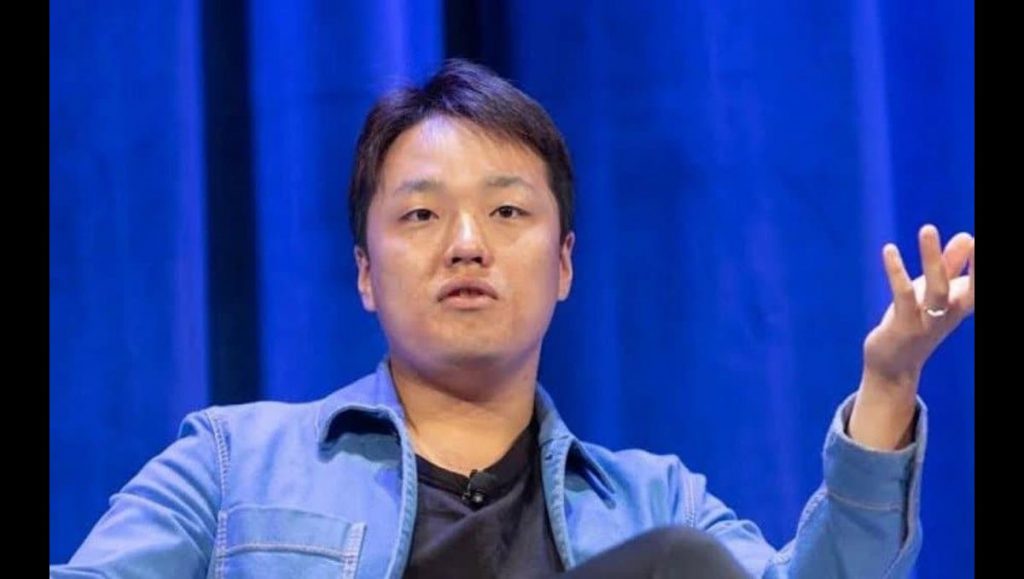
The post Do Kwon on Radar Again Amid Further Details on The TerraUSD Collapse appeared first on Coinpedia - Fintech & Cryptocurreny News Media| Crypto Guide
TerraUSD’s (UST) fall has shaken the entire crypto ecosystem for a month and speculations and conspiracies are encircling the space post the demise of the biggest crypto ever.
More details have recently emerged related to the cause of the death spiral of TerraUSD (UST), the stable coin related to TerraForm Labs.
In an interview with Korean media source JTBC, a core developer revealed his insight into the fall. Based on his claim, the Anchor protocol was originally planned to provide a 3.6% interest rate, but this was increased to 20% only a week before launch to attract more purchasers.
However, Do Kwon, the CEO of TerraForm Labs, decided to change everything a week before the initiative launched, as part of an effort to lure more investors to Terra.
“I had no idea this would have such a hefty interest rate.” Set to 20% only a week earlier than the discharge,” stated the worker, referred to solely as ‘Mr. B’ within the Korean-language report.
“From the beginning, I was convinced it was going to collapse.” (I created it, but it completely crumbled.)”
The First Line of Defense
According to the report, Terra’s main creator, Mr. B, set Terra’s interest rate at 3.6 percent to keep UST pegged to the dollar because all tests beyond this rate resulted in UST collapsing before the launch.
Even the 3.6 percent ROI, the core designer stated, was too much; yet, he chose to put the interest rate at that amount, which is somewhat greater than what typical financial institutions pay.
Interestingly, the rate was cut in parts because TerraForm Labs did not have enough finances to pay interest to investors at the start.
All Warnings Were Ignored By Kwon
Despite all of these issues and the establishment of Terra’s Anchor program, the core designer learned a week later that Terra would move forward with the endeavor with a staggering 20% return on investment.
“I proposed to CEO Kwon Do-Hyeong that the interest rate be cut just before the launch, but it was not accepted,” the developer continued.
He went on to say:
“From the moment we created it, I saw it collapsing.” I alerted CEO Kwon ahead of time, but he claimed he did not pay attention.”
If TerraForm Labs is unable to pay the 20% to investors, Kwon is reported to have said that the company will “cut it all,” implying that the initiative will be terminated.
The UST plummeted because the interest rate was excessively high in relation to internal funds, the deficit continued to expand, and the smallest change in market conditions caused it to fall all at once.
In the meantime, attempts to obtain Kwon’s opinions were unsuccessful.
Traces of Price Rigging that is Done on Purpose
Do Kwon had been summoned to a parliamentary hearing in South Korea in Mid-May on the topic. Even the court filings revealed that he disbanded Terraform Labs Korea just days before the LUNA disaster.
This doesn’t stop here- South Korean authorities reportedly sent subpoenas to Terraform Labs employees in May, investigating if there was purposeful price manipulation and whether the tokens were properly listed.
In the thick of it all, the Terra co-founder managed to revive the defunct network on May 28 with Terra 2.0 (Pheonix-1), a new chain aiming at resurrecting the Terra (LUNA) and TerraUSD coins (UST).
History Repeats Itself
This isn’t the first time Kwon has been accused of being the cause behind Terra ecosystem tokens’ demise. During an investigation last month, a Terra employee revealed that Kwon went ahead and launched Terra despite huge failures in internal testing.
0 Comments